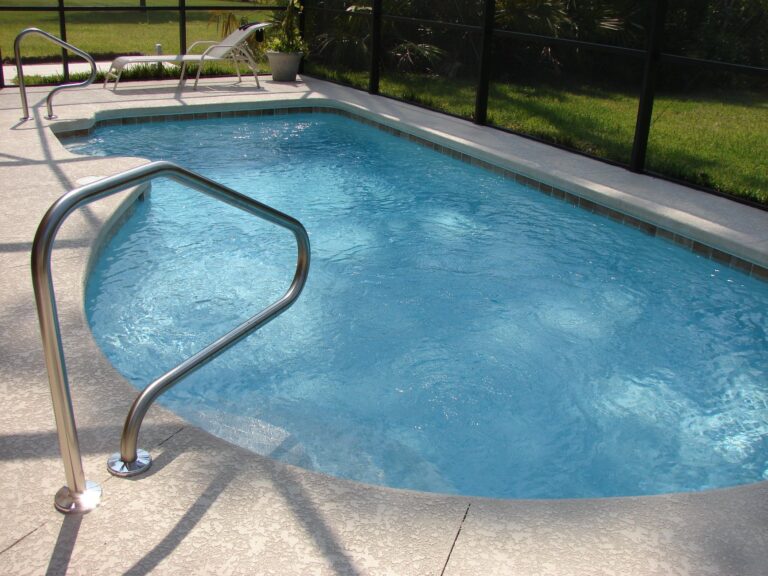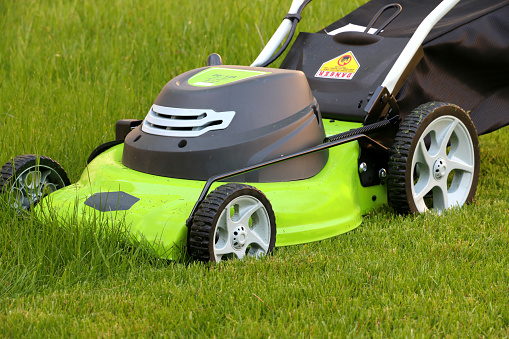Should You Invest in a Hot Tub for Your Home?
Introduction:
Imagine coming home after a long day and being able to soak in warm, bubbling water while letting your stress melt away. Hot tubs have become increasingly popular additions to homes, offering a luxurious and therapeutic experience. If you’re considering whether to invest in a hot tub for your home, there are several factors to consider. In this article, we’ll explore the benefits, considerations, and potential drawbacks of owning a hot tub, helping you make an informed decision about this enticing home addition.
Benefits of Owning a Hot Tub:
- Relaxation and Stress Relief: One of the primary benefits of owning a hot tub is the relaxation it provides. The warm water, combined with the massaging jets, can help soothe tired muscles, reduce stress, and promote overall relaxation. Soaking in a hot tub can be an excellent way to unwind and create a peaceful retreat right in your own backyard.
- Improved Physical Well-being: Hot tubs offer several health benefits. The heat from the water can increase blood circulation, helping to alleviate muscle tension and promote faster muscle recovery after exercise. The buoyancy of the water reduces pressure on joints, making it an ideal option for those with arthritis or chronic pain conditions. Additionally, hydrotherapy has been known to help with improved sleep patterns and reduced symptoms of insomnia.
- Socializing and Entertainment: A hot tub can be a wonderful gathering spot for friends and family. It provides a unique setting for socializing, whether it’s hosting a small gathering or spending quality time with loved ones. The relaxed atmosphere of a hot tub encourages conversation and creates lasting memories.
- Year-Round Enjoyment: Unlike a swimming pool that is limited to use during warmer months, hot tubs can be enjoyed throughout the year. Whether it’s a chilly winter evening or a cool autumn day, the warm water and soothing jets offer a year-round escape.
Considerations and Drawbacks:
- Cost and Maintenance: Hot tubs come with upfront costs, including the purchase price, installation, and ongoing maintenance expenses. Consider your budget and be prepared for additional costs such as water treatment chemicals, energy usage, and regular maintenance tasks. It’s essential to factor in these costs when deciding if a hot tub is a feasible investment for your home.
- Space and Installation: Hot tubs require adequate space for installation. Consider the size of the hot tub and the available space in your backyard or patio. Additionally, the installation process may require electrical work, plumbing, or a sturdy foundation, which should be taken into account when assessing the feasibility and cost of installation.
- Time Commitment: Maintaining a hot tub requires regular care and attention. This includes monitoring water chemistry, cleaning the filters, and ensuring proper functioning of the jets and other components. While it doesn’t require excessive time, it’s important to be aware of the ongoing maintenance tasks involved.
- Privacy and Neighborhood Considerations: Consider your privacy needs and the layout of your property. If you live in a densely populated area or have close neighbors, ensure that the placement of the hot tub provides sufficient privacy and adheres to any local regulations or homeowner association rules.
Conclusion:
Investing in a hot tub for your home can be a rewarding decision, providing relaxation, improved physical well-being, and a social gathering spot. However, it’s important to carefully consider the associated costs, space requirements, maintenance obligations, and any potential privacy or neighborhood considerations. If you have the budget, space, and willingness to dedicate time to maintenance, a hot tub can offer a luxurious and enjoyable addition to your home. Ultimately, the decision to invest in a hot tub should align with your lifestyle, preferences, and long-term plans for your property.

Maintaining a Hot Tub:
To ensure the longevity and optimal performance of your hot tub, regular maintenance is crucial. Here are some essential maintenance tasks to keep in mind:
- Water Balance and Sanitization: Maintaining the proper water balance is essential for a safe and enjoyable hot tub experience. Test the water regularly using test strips or a testing kit to monitor pH levels, alkalinity, and sanitizer levels. Adjust the water chemistry as needed to maintain the recommended ranges. Chlorine, bromine, or alternative sanitizers can be used to keep the water free from bacteria and contaminants.
- Filtration and Cleaning: Clean the filter cartridges regularly to remove debris and ensure proper water circulation. Follow the manufacturer’s guidelines for cleaning or replacing the filters. Additionally, periodically clean the surfaces of the hot tub, including the walls, seats, and jets, using mild cleaners specifically formulated for hot tub use.
- Water Replacement and Drainage: Over time, water quality may deteriorate despite regular maintenance. It’s recommended to drain and replace the water every three to four months, or as directed by the manufacturer. Before draining, consult local regulations on proper disposal methods for hot tub water.
- Cover Care: The hot tub cover plays a vital role in maintaining water temperature and cleanliness. Keep the cover clean and free from debris, and regularly inspect it for any damage. Ensure a tight seal when covering the hot tub to minimize heat loss and reduce energy consumption.
- Energy Efficiency: Hot tubs can consume a significant amount of energy. Consider investing in an energy-efficient model and adjust the temperature according to usage patterns. Insulating the hot tub, using a thermal cover, and keeping the water properly balanced can help reduce energy consumption.
Safety Considerations:
When owning a hot tub, safety should be a top priority. Here are a few important safety considerations to keep in mind:
- Water Safety: Always supervise children and individuals who are not strong swimmers when they are in or around the hot tub. Educate family members and guests about basic water safety rules and ensure everyone understands the potential risks and precautions associated with using the hot tub.
- Temperature Regulation: Maintain a safe water temperature to prevent overheating and discomfort. The recommended water temperature range is typically between 100°F and 104°F (37°C to 40°C). Prolonged exposure to high temperatures can lead to dehydration, dizziness, or fainting.
- Chemical Storage: Handle hot tub chemicals with care and store them in a cool, dry place away from direct sunlight. Follow the manufacturer’s instructions for proper usage and keep chemicals out of reach of children and pets.
- Entry and Exit Safety: Install handrails or grab bars near the hot tub to assist with safe entry and exit. Additionally, consider using slip-resistant mats or treads around the hot tub to minimize the risk of slips and falls.
Conclusion:
Investing in a hot tub for your home can bring numerous benefits, including relaxation, improved physical well-being, and social enjoyment. However, it’s essential to understand the maintenance requirements, associated costs, and safety considerations before making a decision. With proper care and attention, a hot tub can be a long-lasting source of relaxation and enjoyment for you, your family, and your friends. Take the time to assess your needs, consult with professionals if needed, and make an informed decision about whether a hot tub is the right investment for your home.



